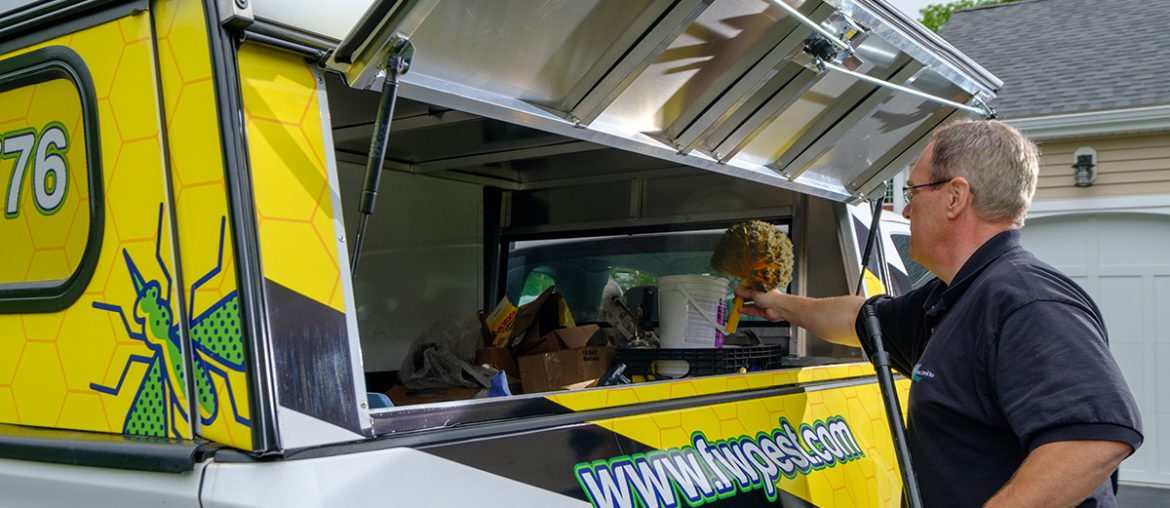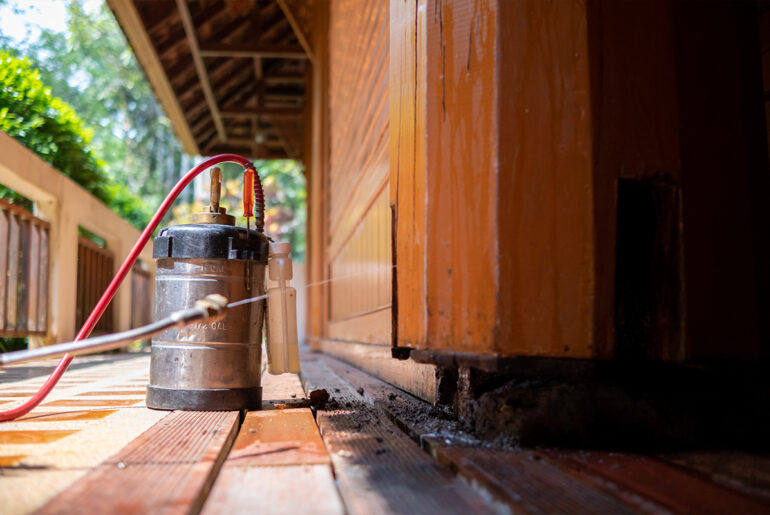While it’s easy to get lost in the day-to-day of running your pest control business, it’s important to take a step back, see where you’re at and determine where you want to be. In order to grow your business, reduce costs and improve customer service, identifying challenges and having the right tools in place will help achieve your overall goals.
This blog covers common challenges among pest control owners, including call-back rate standards, revenue per employee, production per technician and price increases. You’ll walk away with some information on how to grow your business, reduce costs and improve customer service.
In a recent study conducted by PCT, the number one challenge amongst pest control companies is the ability to find and keep good employees.
Call-back Rate
One of the main reasons pest control companies miss out on scheduling additional jobs and increasing revenue is due to the number of call-backs for jobs already completed. Here’s how to calculate your company’s % of call-backs for services performed in 2017.
# Call-Backs / Total Services = % of Service Call-Backs
Anything under 3% is considered “good,” while anything over 6% should be cause for alarm.
Now that you know where you fall on the callback percentage scale, take a closer look at why. You may find that there are specific services that aren’t meeting your customer’s expectations, or maybe there’s a technician that receives higher callbacks than others. Once you’ve identified the cause of your call-backs, you can adjust your application methods or chemicals, or incorporate additional training sessions for technicians to help decrease your rate.
TIP: Using an automated tool, such as Business Reviews or Service Reports will help you find common trends, improve your customers’ experience and cut down on the number of call-backs per year.
Revenue Per Employee
When looking at your revenue per employee, you’re going to notice that the average technician brings in about double the revenue as an employee in the office. In order to increase revenue per employee, look at different solutions to help free up time for office staff and help increase the number of jobs per technician per month.
TIP: Adding route optimization to your existing software suite will cut down the amount of time spent planning routes per month and increase the number of jobs per technician.
Companies running truly optimized service schedules have, on average, improved work orders completed per day per technician by 20%.
-Field Service Optimization Benchmark Report – Part II, Aberdeen Group
Revenue Per Technician
If your technicians are engaged and passionate about their work, they’ll bring in more revenue than those that are not. What is the average annual production per technician for your company? Based on our sample size, the average annual production per technician is $136,250.00.
TIP: Set your technicians up for success with the help of a mobile application. Giving them access to view appointments and important customer information, scan devices, capture signatures and more from their Android or iOS devices will increase productivity and customer satisfaction.
Price Increases
How often do you raise the price of your pest control services? Are you keeping an eye on what your competition is charging? Are you undercharging for your services just to keep customers happy? These are all questions to ask yourself when looking at your pricing structure.




